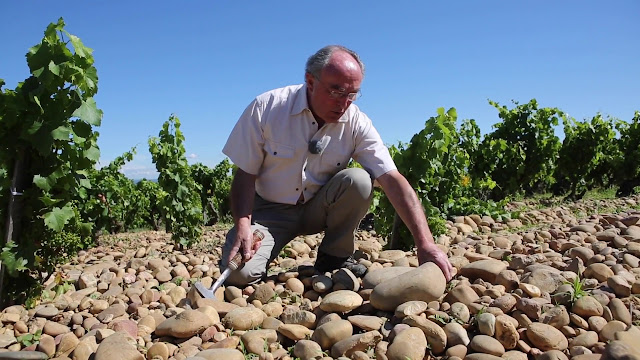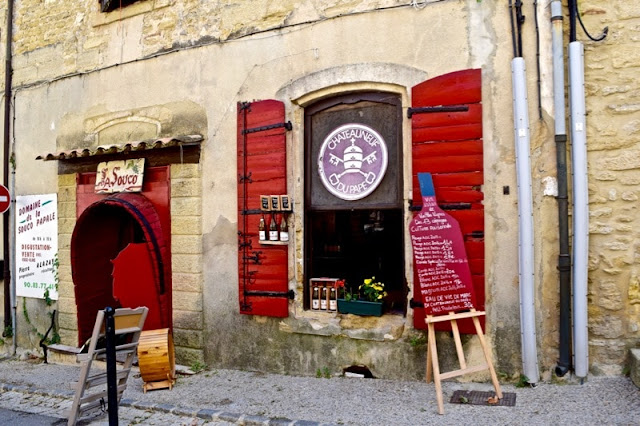
Switzerland's Rhone Glacier is the birthplace of the Rhone River
Today's blog will discuss the rare but wonderfully voluptuous white wines of the Southern Rhone River Valley. The Rhone River is one of the most significant waterways in all of Europe. Birthed in the Swiss Alps near Geneva, the river flows westward into France, then makes a sharp turn in the city of Lyon southward toward the Mediterranean. On its southern journey to the sea, the Rhone River passes through both of the coveted viticultural areas of the Northern and Southern Rhone.
White wine in the Southern Rhone accounts for only 4% of the wine production. These whites are scarce little gems. Whenever I'm in France dining at a Michelin star restaurant this wine region is one of the first I turn to on their wine list. I love the white grape varieties used in these white blends. (Also, I love the area's reds but they are plentiful in the US, so why not try for something I can't get so easily back home?) If there's a white from the Chateauneuf-du-Pape appellation, that will be one of the first I consider.
As the Rhone River weaves its way toward the Mediterranean the southern section the valley widens and the climate changes. This area becomes more Provence-like with strong influences of the Mediterranean in their culture and warmer weather than its northern counterpart. While the white grapes in both the north and the south are the same varieties, the distinctly warmer summers and milder winters of the southern Rhone produce more voluptuous white wines.
White wines of the Southern Rhone, especially those of Chateauneuf-du-Pape, are some of France's most elegant and prestigious whites. Always blended, they are elegant, rich, full-bodied seductive bombs of tropical fruit, laced with stone fruit and citrus notes in the background. The four most common grapes found in the blends are Roussane, Grenache Blanc, Clairette Blanc and Bouboulenc. To learn what each of these grapes contribute to the blend, join Wibne-Knows on its September 2024 tour to the Rhone, Champagne, Burgundy and Provence.
Let me close by saying, "There's no place like Rhone...," especially the southern whites.








